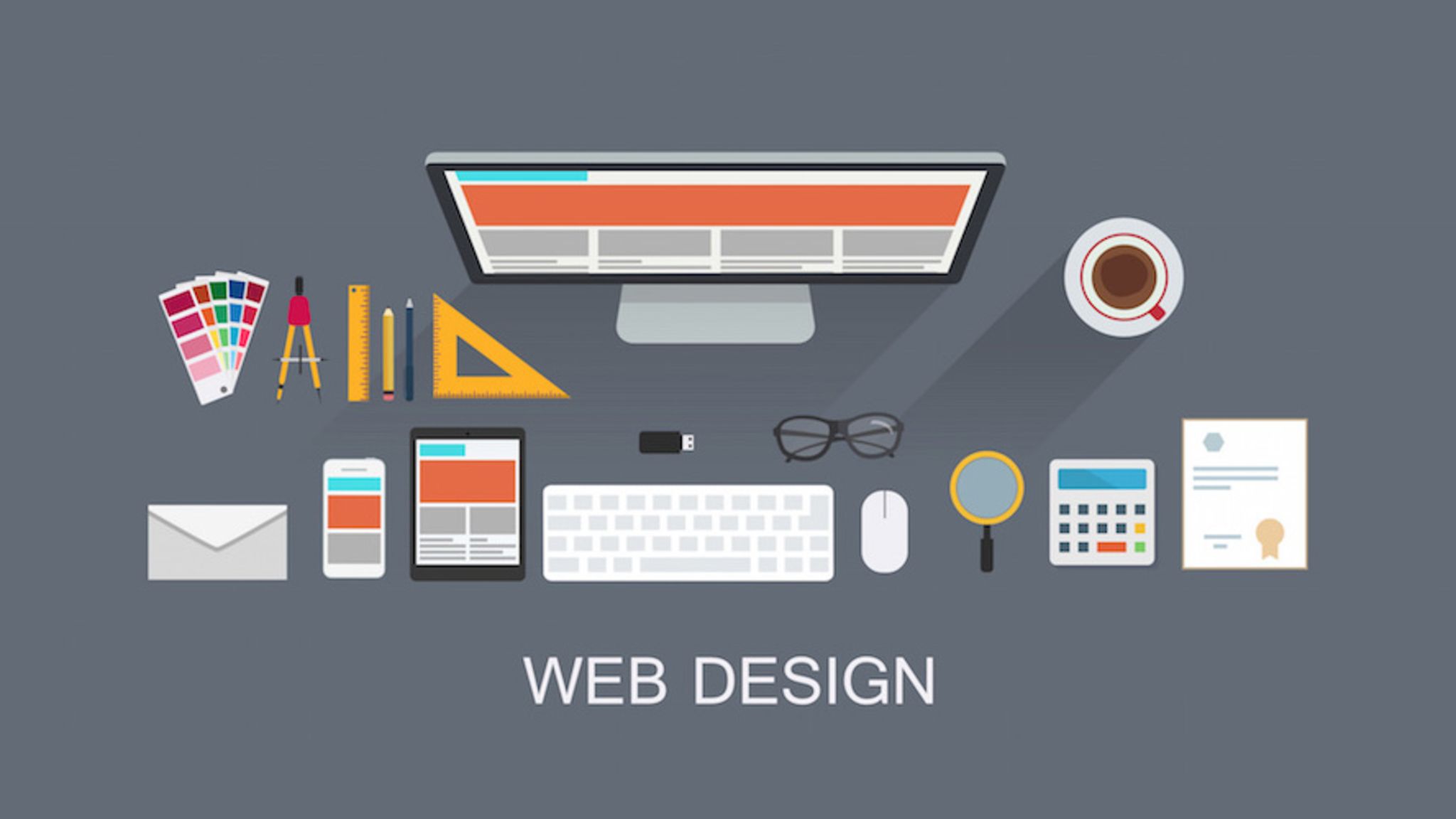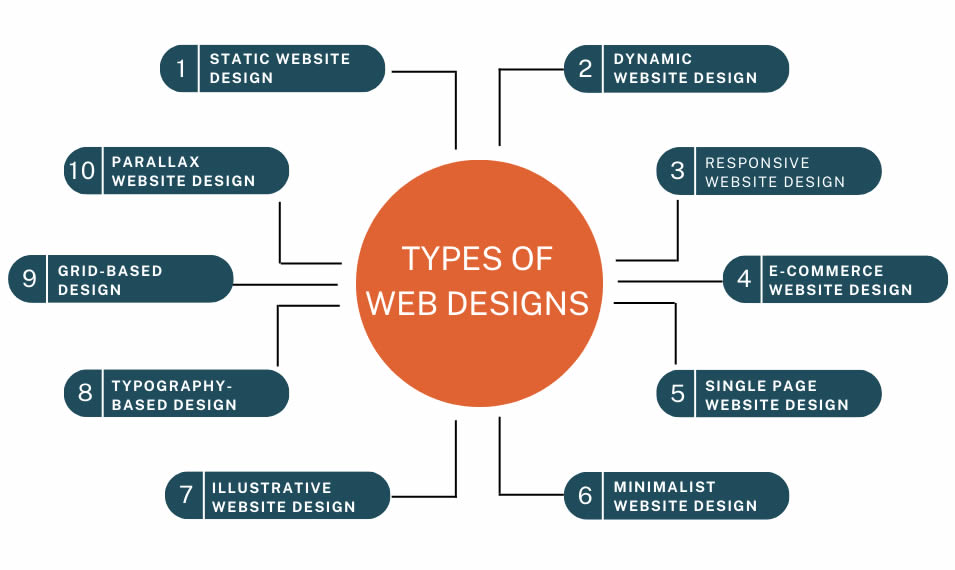Essential Tips for Creating a High-Impact Web Design for Your Business
Essential Tips for Creating a High-Impact Web Design for Your Business
Blog Article
Elevate Your Online Existence With Magnificent Website Design Tips and Trends
In today's electronic landscape, a compelling on-line visibility is vital for services seeking to distinguish themselves from the competition. The interaction of aesthetic charm, present design fads, and individual experience plays a pivotal role in attaining this objective. By checking out aspects such as minimalism, vibrant typography, and lively color plans, you can develop an appealing environment that reverberates with site visitors. However, the subtleties of efficient layout prolong past aesthetic appeals; comprehending key techniques for optimization can dramatically influence your success. What specific patterns and methods can boost your site to brand-new heights?
Significance of Visual Appeal
This statistic underscores the important role that aesthetics play in user interaction and retention. Reliable aesthetic style encompasses aspects such as shade systems, imagery, typography, and layout, all of which contribute to a cohesive and enticing user experience.
In addition, a visually enticing site imparts a feeling of trustworthiness and expertise. Users are more probable to trust a website that looks well-structured and sleek, which can substantially influence conversion prices. On the other hand, a messy or unsightly layout can result in high bounce prices, as customers may view the internet site as untrustworthy or out-of-date.
Furthermore, the appearances of a web site can share brand identification and values (Web design). Constant use branding aspects, such as logo designs and shade combinations, reinforces acknowledgment and promotes a deeper connection with the target market. To conclude, prioritizing visual allure is essential for producing interesting, reliable, and brand-aligned online experiences that reverberate with customers
Current Design Trends
Modern website design is regularly advancing, and staying updated with present fads is necessary for producing impactful on the internet experiences. One noticeable trend is the rise of minimalism, identified by clean lines, sufficient white area, and an emphasis on essential elements. This approach not just improves usability however also permits content to take spotlight.
Additionally, dark setting user interfaces have actually gained appeal, supplying customers with an aesthetically striking alternative while decreasing eye strain. This fad aligns well with individual choices, using a contemporary visual that is both functional and elegant.
One more significant pattern is the incorporation of bold typography. Developers are significantly making use of huge, expressive fonts to produce visual power structure and share brand messages properly. Coupled with lively shade palettes, this pattern adds dynamism to web pages.

Important Design Components
Efficient web layout hinges on a number of necessary layout aspects that with each other create a interesting and natural customer experience. The very first of these aspects is design, which determines exactly how content is arranged on the web page. A well-structured format not only boosts readability yet additionally guides individuals through the website seamlessly.
Color plays an important duty in layout, influencing emotions and brand perception. A harmonious color combination can stimulate details feelings and establish an aesthetic power structure, consequently drawing attention to essential aspects. Likewise, typography is essential; the choice of typefaces have to straighten with the brand identity and make sure legibility throughout devices.
Imagery, including images and graphics, adds visual passion and can communicate messages quickly. Top quality images appropriate to the web content boost the total aesthetic and interaction. In addition, whitespace is frequently ignored yet is necessary for creating balance. It assists protect against mess, allowing customers to focus on the important aspects without interruption.
Finally, consistency across all style elements enhances brand identity and makes navigating intuitive. By thoroughly integrating these essential layout components, internet developers can produce functional and aesthetically appealing sites that astound site visitors and urge interaction.
Individual Experience Optimization
A smooth individual experience is vital for preserving site visitors and driving conversions on a web site. Maximizing user experience (UX) involves comprehending your target market and tailoring layout components to satisfy their demands properly. Trick parts of UX optimization consist of intuitive navigation, fast packing times, and clear phone call to action.
To boost navigation, make certain that food selections are organized realistically and easily accessible from any type of web page. Include breadcrumb routes to assist webpage individuals quickly backtrack, decreasing disappointment. Speed is another critical variable; internet sites must fill within 3 secs to avoid customers from abandoning the website. Use devices like photo compression and internet browser caching to maximize tons times.
Additionally, your web site's design should prioritize clarity. Usage readable fonts, contrasting shades, and whitespace to more helpful hints produce an aesthetically appealing design that guides individuals via material effortlessly. Phone call to activity should be plainly shown, using actionable language that encourages customers to engage.
Mobile Responsiveness Strategies
Nearly half of all web traffic now stems from mobile phones, emphasizing the significance of applying durable mobile responsiveness techniques. To guarantee optimal customer experience throughout various screen sizes, internet designers should embrace a liquid grid layout that adapts perfectly to different gadgets. This technique allows material to resize and reorganize without jeopardizing capability or looks.
Incorporating versatile images and media queries is necessary. Photos must immediately change their dimension according to the viewport, while media queries can find device attributes and use customized CSS styles as necessary. This technique enhances load times and makes certain that customers have an aesthetically attractive experience.
Additionally, prioritize touch-friendly navigating elements. Buttons and links must be quickly tappable, with sufficient spacing to avoid misclicks. Avoiding hover-dependent communications further boosts usability on touchscreens.
Finally, performing routine testing across different tools and browsers is critical. Tools like Google's Mobile-Friendly Test can aid recognize locations requiring renovation. By adopting these mobile responsiveness techniques, services can enhance customer involvement, increase online search engine rankings, and eventually drive conversions, thereby elevating their online presence effectively.
Verdict
By focusing on visual appeal with present style fads and crucial aspects, companies can cultivate integrity and involvement. Maximizing customer experience and making certain mobile responsiveness are vital for promoting seamless interaction throughout devices.

On the other hand, a messy or unpleasant layout can lead to high bounce prices, as individuals may regard the website as undependable or obsolete. - Web design
Effective internet layout hinges on several important design components that with each other create a natural and interesting user experience. Maximizing individual experience helpful hints (UX) includes understanding your audience and tailoring design aspects to satisfy their demands properly.
Report this page